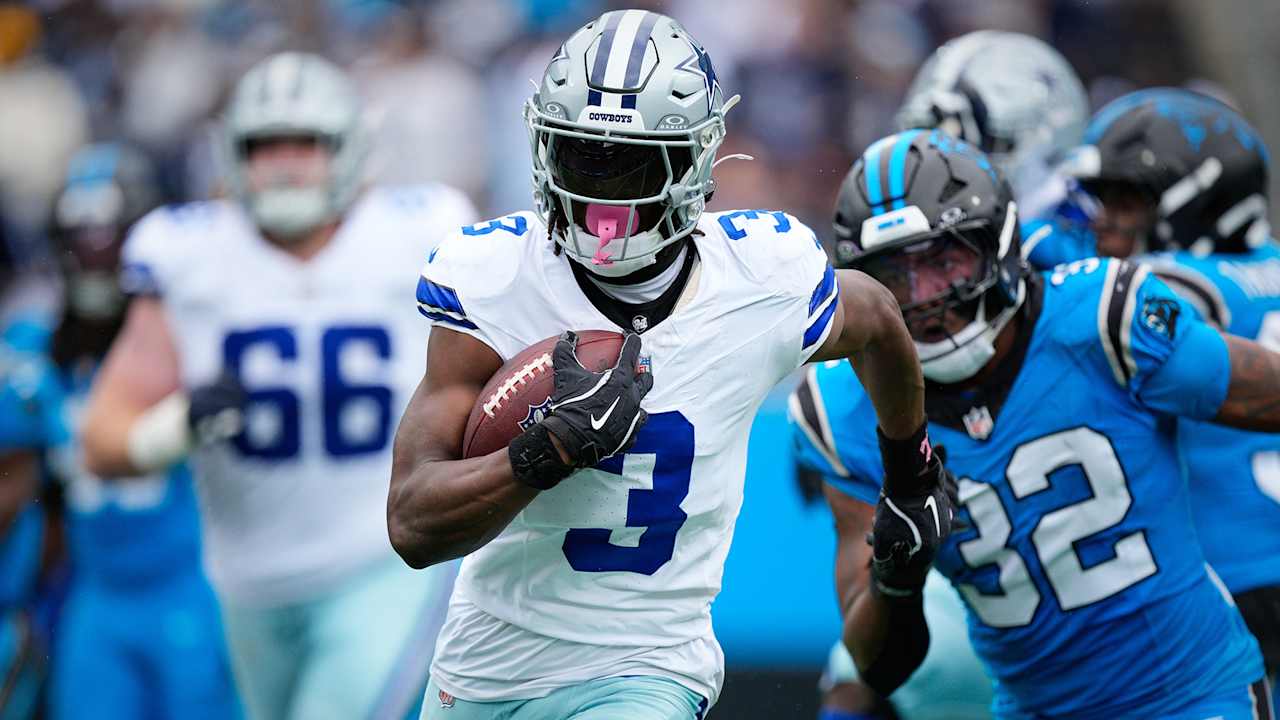A few weeks ago, New England Wildlife Center (NEWC) received a call for help that immediately raised concerns. The caller reported finding a small owl on the side of a busy road in Harwich, Massachusetts, who refused to move, despite all the cars zooming past.
“This is not typical owl behavior, so we sent our rescue team to investigate,” NEWC wrote on Facebook. “They found him grounded and too disoriented to move from his spot.”

As the team neared the young Eastern screech owl, they began to theorize how he had landed in such a perilous situation.
“Based on his age and location, we believe he had just recently left the nest and was likely hit by a car while learning to fly,” NEWC wrote. “This may have been his first solo flight!”
The little owl, though alive, was clearly in a vulnerable state. When the NEWC team arrived, the poor owl was squinting, and one pupil was much bigger than the other.
“That’s called anisocoria, and we see it often in head trauma cases,” NEWC wrote. “It can happen when the brain swells or when there’s pressure on the nerves that control the eyes, resulting from trauma.”

Healthy owls are known for their ability to expand or contract their pupils independently to control light exposure, but this case was alarmingly different.
“It’s a bit like adjusting the aperture on a camera,” NEWC wrote. “This [adaptation] helps them hunt in dark conditions and gives them excellent depth perception. It is not abnormal to see one pupil larger than the other while they are adjusting to new lighting, but the severity of this case let us know that something was wrong.”
The NEWC team carefully scooped the owl up and transported him to their headquarters, where he received a thorough checkup, including an eye exam. The results sent a wave of relief throughout the animal hospital.
“Thankfully, we did not find any broken bones or lasting damage to the eyes,” NEWC wrote. “He was prescribed fluids, anti-inflammatory meds and cage rest while the swelling in his head resolves.”

The little owl received round-the-clock care and rest until one day, a week after his rescue, he suddenly perked up.
“This morning, we were very excited to see that he was bright, alert and had eaten …” NEWC wrote. “We flight tested him, and he passed with flying colors! He let us know he was ready to return to the wild and give flying another go.”
Before long, the NEWC crew returned to Harwich with the little owl in tow and happily watched as he soared out of his cage, as he’d initially intended on his first flight. The owl and his rescuers couldn’t have been more pleased.
“We are very happy to report his second flight went WAY better than the first, and he took off into the woodlands!” NEWC wrote.
Source link


